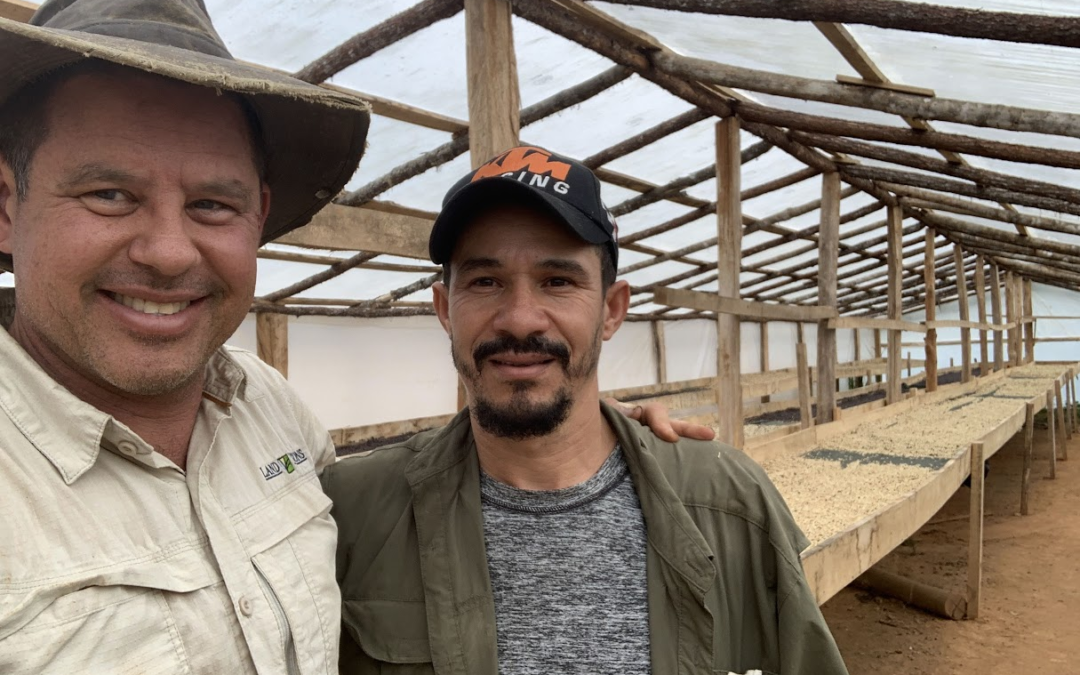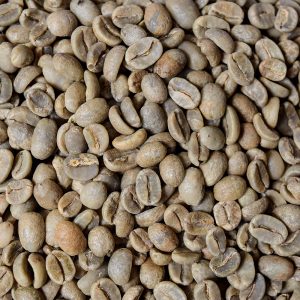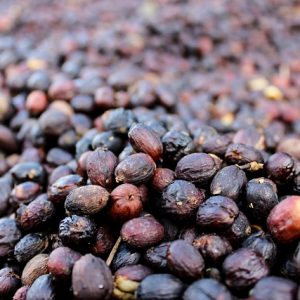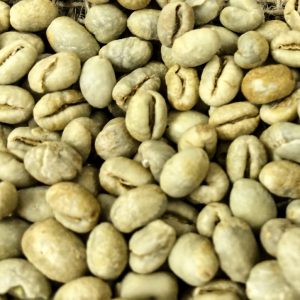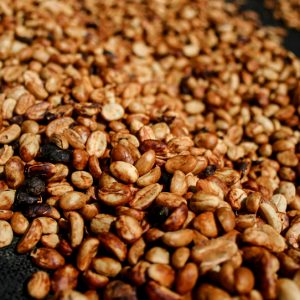Coffee is an incredibly complex agricultural product. I have heard people try and compare coffee to wine. I can-not claim to know much about wine; I’ve only read a couple of books and toured vineyards in the US, Italy, France and Argentina. What I can tell you is that once the wine has been put in a cask, the difficult work is, for the most part, done. Coffee and wine do share some similar characteristics, at least from the cultivation side of things.
Most wines come from a species of high-quality vine called Vitis vinifera (for example, Pinot Noir and Chardonnay). Its workhorse counterparts are the hardy Vitis labrusca (Concord, Cayuga) and Vitis riparia (Frontenac, Baco Noir) varieties and hybrids.
For coffee, that parallel is drawn between Arabica and Robusta. Arabica is the source of the majority of specialty-grade coffee. Robusta, on the other hand, is the general base of commercial blends like Folgers and Maxwell House. (Wine Enthusiast)
Both grape vines and coffee consist of many varieties, both naturally occurring and via intentionally developed hybrids, which affects taste. Some varieties grow better in some regions while other varieties do better in other regions. For coffee specifically, the slower coffee beans ripen, the higher the quality. If the farmer starts with a high quality varietal, such as Caturra, Parainema or Geisha, and grow the coffee at high elevations, under a multi stories shade canopy, he will almost be guaranteed to have the potential to harvest a high scoring coffee, as long as the beans are picked at the perfect ripeness. Coffee beans reach their ideal point, when the cherry is a uniform deep burgundy color. In order to harvest these perfect coffee beans, a plant may have to be visited as many as six or more times during the harvest season to ensure only the perfectly ripe beans are being picked.

Example from a Parainema coffee plant at Spirit Mountain, how coffee cherries ripen at different times. It is necessary to pick only the perfectly rope beans when striving for high quality coffee.
I am always amazing that farms will publish photos of their coffee beans after harvest, when the majority of the beans are a kaleidoscope of colors from bright green, to yellow, pink and red.


Beautiful example of a well harvested coffee at Spirit Mountain, poised for the enjoyment of the most demanding specialty coffee enthusiasts!!
Once the coffee cherries have been picked, the farmer must carefully process and dry the coffee beans. Fermentation is a tool that farmers use during the initial processing, and this is a delicate and narrow line to walk. There are some select farmer who are experimenting with fermentation protocols, including anaerobic processes. At Spirit Mountain we have been spending much time in the space, in search of ways to make small gains in the how our coffee cups. These complex fermentation protocols do not always lead to positive outcomes, in fact more often than not, a great coffee can be ruined by trying too hard.
There are so many more variables with coffee, even after the beans have been picked. Depending on whether the coffee was processed as a washed, a honey or a natural, the drying can take as long as a month or more to reach the ideal moisture content of around 10.5%. During this drying period, the farmer has to be sure that the beans are not allowed to take on moisture during the cool humid nights. If this happens, a really negative fermentation could take place, ruining a once pristine coffee. At Spirit Mountain, we have chosen to dry all our coffees on raised African beds, preventing condensation from forming under the coffee during the nights and soaking the drying beans. The slower the coffee beans dry the higher the quality. The raised beds are a more expensive method, and requires more space, but this has become proven to be a significant differentiator from the traditional concrete drying beds of most Latin American coffees.
Compounding the challenges on the farm, beans demand careful shepherding once the farmer hands off the coffee in rout to the consumer. Coffee is a delicate product. John Moore, CEO of Nobletree Coffee, says “[It’s a] miracle it actually makes it to your cup.” It’s only been in the last couple of decades that coffee roasters and importers had the interest or resources to get fresh, near-perfect beans to consumers. Today, coffee farmers, importers, roasters and baristas are striving for coffee to be seen as a specialty product to be appreciated and enjoyed for all its complexity, not just to clear a brain fog.
I’ve mentioned this in the past, how elevation, distance from the equator, which affects the length of winter days while coffee is ripening. shade, cloud cover and temperature will affect the speed at which coffee ripens. The slower coffee cherry ripens, the denser the coffee bean will be. The denser the coffee bean, the higher the quality. Coffee that is grown at low elevations, under full sun will ripen quickly, and thus be of lower quality.
When purchasing coffee, there are a couple of rule of thumbs you can use. First, the lighter roasted coffees will generally be the higher quality coffees. NEVER purchase ground coffee, as the coffee has already started to lose its precious flavor into the air. Never purchase coffee that doesn’t have a roast date on the bag. Never buy coffee that was potentially roasted more than a month previous. Ideally it is best to buy coffee that you know was roasted in the week or so. If you like the darker roasts, I recommend that you slowly transition to a medium or light roast and pay attention to the subtle flavor notes.
I can enjoy a latte or flat white, but understand that these coffee drinks are primarily warm milk products with a hint of coffee. When I’m exploring a new city, I look for coffee shops that have a pour over service with single origin options. I am always keen to try a naturally process coffee, in search of the wilder side of coffee. These natural coffees are the most difficult for farmers to do well and when done successful and roasted in such a way as to preserve the delicate flavors, can produce some super complex sensations in the mouth under the guidance of a talented barista!!!
Chad Wallace
Farmer, Architect
CEO and Founder – Estancia Natura at Spirit Mountain

